They say you only learn by getting something wrong. When it comes to fuelling my races, I’ve got so much wrong that I don’t even know where to begin! I thought it might be helpful to share my errors in the hope that you can avoid them. These are over a 15 year running journey and focus on my races of half marathons and marathons. I’m still a work in progress and always learning too. Don’t judge me!
1. Not realising I needed to fuel – I think back to my first three half marathons, (Warrington 2010, Liverpool 2012 and The Cross Morecambe Bay 2012) and I didn’t fuel at all, apart from drinking water. I was used to long work hours without eating and assumed my body was good at coping with fasted activity. I was running these distances in around two and a half hours, so I was out there for a long time and I found them really tough. I also didn’t realise how important it was to replace electrolytes such as sodium and potassium which are lost through sweating. To be fair to myself, there was no social media then, or if there was, I wasn’t using it, and I had no experienced running friends to give me any tips. I’d seen mention of race fuels in Women’s Running magazine, my only source of running advice, but I just didn’t think I needed it. I thought that was for ‘serious runners’.
2. Not fuelling enough – I’ve been guilty of underfuelling for many years and only really nailed it this year at the Manchester Marathon. I find it hard to consume anything while I’m running. Even swallowing water makes me take in air, messes up my breathing and then gives me that horrible sensation of something splashing around in my stomach. I found gels sticky, sickly and at times nauseating. I tried to practice eating solid foods such as energy balls and pieces of bagel but I couldn’t keep it up over a marathon distance. As a result, I’ve just been trying to use as little as possible. I also thought the idea of multiple gels during a marathon was a marketing ploy to get us to buy more! I’ve found the advice from sports dietician and ultra runner Renee McGregor really helpful. She made me realise that I needed way more fuel than I was taking and it’s worked a treat.
3. Using liquid fuels only – There are some great liquid race fuels around and some runners swear by them. I thought this would be the perfect solution for me. But, in reality, I found I had to consume a lot of fluid to get sufficient carbs. I just couldn’t drink (or carry this much). On a marathon, the idea of taking extra powder and adding water to it to refill was just not practical. I did do a long training run with a couple of litres of fluid in a hydration vest but it was so heavy! Maybe I need more advice on how to manage this, but for me it simply meant I wasn’t getting enough energy in and I kept needing to stop for a wee. I did take a bottle of 33Fuel (which I love) with me to Manchester, to use in the last 10K as an addition to my gels. I only ended up having a few sips as I felt OK.
4. Fuelling too much – As a newbie I got confused about when I needed to actually take fuel on board and ended up using too much of it at times. It’s easy to confuse what is a lack of fitness and what is a lack of energy. Sipping on a gel to give me a glucose hit felt like the right thing to do but that wasn’t what was holding me back. I just needed to get more training under my belt. In reality, you don’t need anything for at least 60 minutes of exercise. In training runs, I’m happy to go for 90 minutes or more without anything. For me, it’s once I start going over half marathon distance that I need to fuel. If I’m racing a half marathon and really want to perform well, I’ll have something at 60 and 90 minutes.
5. Not taking on enough water – I made the mistake of thinking that sports gels alone would be enough. I was thinking about the energy and not the hydration. If you actually read the packets, most suggest taking water with each gel. Some are isotonic which means they already have the right balance of electrolytes and water. For the majority though, it’s a bit like drinking concentrated cordial, you need the water to hydrate you but also to help you absorb and digest what’s in them. Check what you’re using and make sure you are drinking enough water. There’s no way I was going to drink too much water, with my knowledge of the risks of hyponatraemia from too much water during a marathon, my risk was much more from not drinking enough.
6. Dropping all my fuel – I had to throw this one in! Carrying your fuel is ok if you only need one or two gels, you can zip them in a pocket. If you’re going to be out for four plus hours and you’re taking a gel at one hour and every half an hour after that, it adds up. I’ve used a flip belt quite successfully, it was massive at the start, like a spare tyre around my waist but it shrunk down as I used my fuel and was empty by the end. I also had a running belt with those little elastic rings that you can slot gels into. Fine, except my belt was old and the little rings were overstretched from squeezing two or more gels into each one. I hadn’t used it for ages, shoved all the gels in and in the first 300m of the Boston Marathon in 2017 I realised that ALL my gels had fallen out. I briefly tried to run back but it was a mass start and there were thousands of people running towards me. It was impossible and unsafe to do so. I had to run on with nothing but a couple of dates in my zipped pocket. Hilariously, these got stuck together and I managed to drop them while trying to get them out of the pocket. Thank goodness for the fuel provided on the course that day!
What’s the take home from this post? You need to experiment and practice and find out what works for you. Don’t worry if you don’t get it right, there’s always something to learn. I do also think that you will change as you move through your running journey and as you age. Your body’s needs can alter. It’s often a continuous process of trying and tweaking and hoping the products you settle on don’t change or be discontinued (Protein Rebel, please keep making the Maple Ignite gels!). Sports nutrition is a confusing and overwhelming topic. I do recommend following Renee McGregor for sound advice. I hope my mishaps and discoveries have been of some value to you.
I’d love to hear about your fuelling mistakes and discoveries, leave me a comment here or on social media.
If you’ve enjoyed this blog, you can learn more about my running discoveries and mishaps and tips from the running community too in my book Run Well: Essential health questions and answers for runners, published by Bloomsbury and available everywhere you buy books.
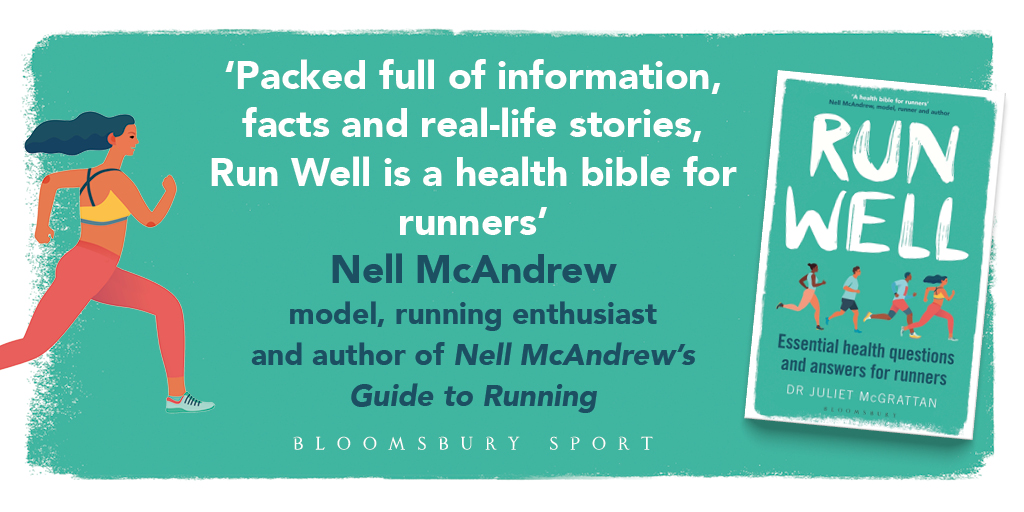
Photo by RUN 4 FFWPU at Pexels

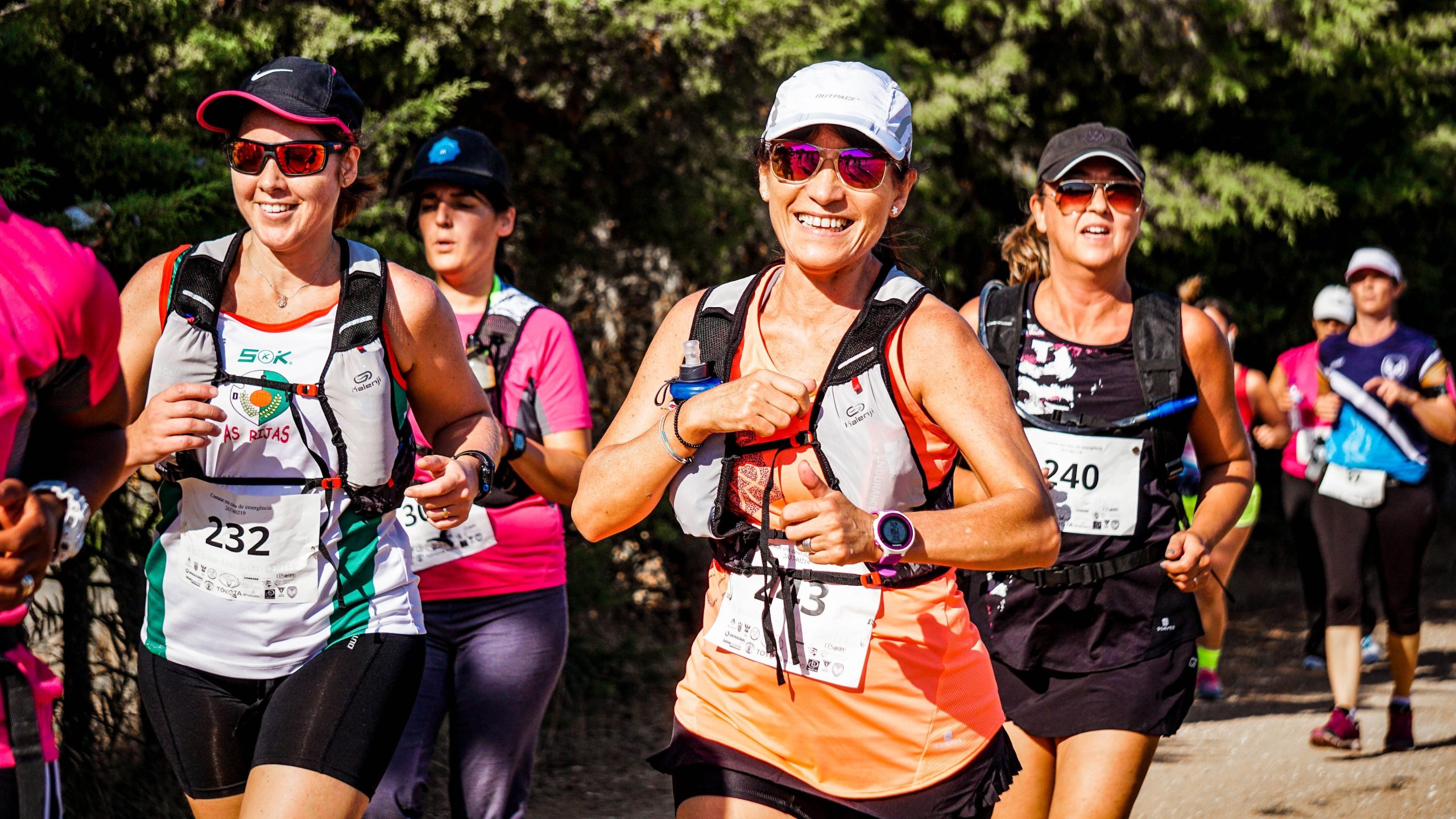

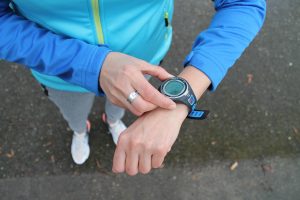
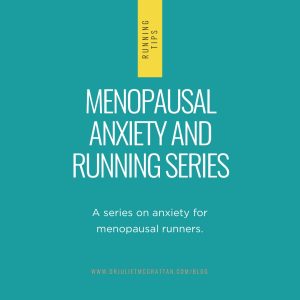

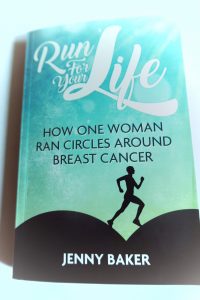

It’s definitely been a big learning curve for me. When I used to do the GNR I just used to take on sports drinks and would often feel horrible after training runs. It was only when I started doing trail events that I started it understand fueling better but even then I’ve made mistakes. I’ve done a few events where I’ve had stomach issues and struggled to take fuel in and keep it down. The event I did at the weekend was the first time I feel I got things right, I managed to take on plenty fluids with Active Root fuel in there as well as some solid food. It wasn’t perfect but I felt much better throughout and at the finish than I usually do. I second following Renee and reading her book (I actually met her in Saturday when we passed on the path up to Wattendlath).
Thats great Sharon. Feels so much better when you get it right doesn’t it?! How fab you met Renee!
I still struggle with fuelling. Have had the dreaded gut bomb during the Women Can 2018 marathon and my feel that I had I just didn’t want. I keep trying other options so will see how I get on. Doing an 8 hour loop race in a couple of weeks which I entered on a whim so no real training, so just trying to figure out fuel for that. I also use Active Root which seems to suit me more and will be taking gels as well as normal food. I would have cried if I lost all my fuel. I use my UD hydration pack so lots of pockets to stash things in.
I’m not sure how I would tackle an ultra. Think I’d reached my max gel consumption after marathon distance. That would be a new experience of trial and error for me I think. Hope it works out for you
I don’t get on with gels and use bars such as OTE Anytime & Chia charge. It’s always trial and error working out and practicing to find what works best and what you can tolerate. I’m hoping that the ginger in Active Root will help with gastric issues I’ve had in some of my previous ultras and then I can enjoy the food at checkpoints.
Good luck Carol!
And, annoyingly, my digestion has changed a bit with the menopause so it’s a case of trial and error all over again. I need to check out Active Root!
It’s trial and error. Some normal food is great. It’s more like a moving picnic
Mine too. Sometimes I feel I’ve got it sorted and then it changes again. It can be so frustrating but I’m not giving up doing the events I love.